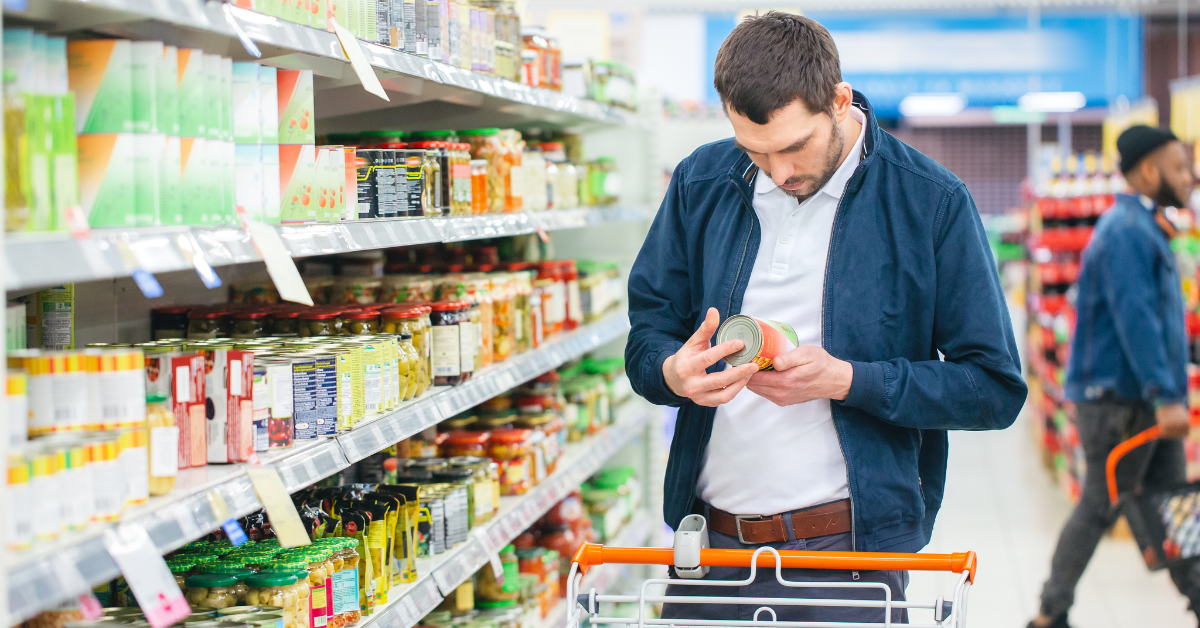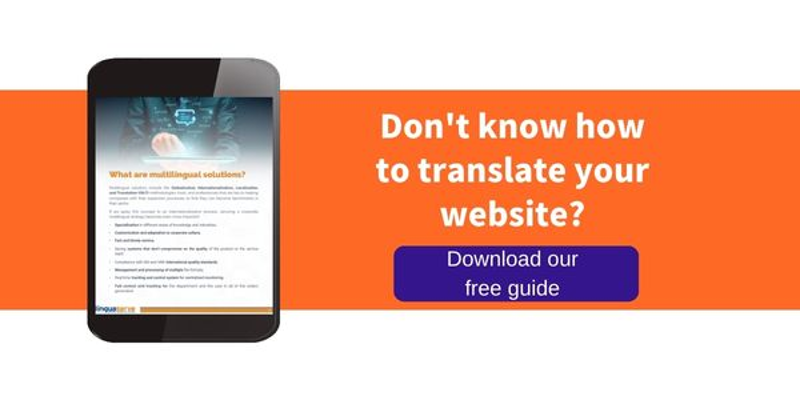Consumers today are particularly concerned about what they eat. Many spend time in the supermarket analyzing every ingredient and piece of information on the packaging, which is why food product labeling is more important than ever.
For starters, pay close attention to these data extracted from a report prepared by Deloitte:
- 76% of consumers say they are more concerned today than they were five years ago about their diet and the way each food product is prepared.
- For 61%, finding healthy ingredients on the label is a priority.
- 80% do not fully understand the information on the packaging.
- 42% consider that they do not have sufficient data on the food they consume.
Basic features of proper food product labeling
Food companies cannot act on their own when producing labels or translating them into other languages. They must adhere to European regulations in this matter.
For example, for the labeling of prepackaged foods, this is the minimum information that must be included:
- The name of the product.
- The list of ingredients and allergens.
- The quantitative ratio of the ingredients.
- Nutritional information.
- The net weight.
- The expiration date.
- The name and address of the company.
- The amount of alcohol, if applicable.
- Minimum storage conditions.
- Country of origin.
- Possible preparation instructions.
These standards are mandatory for all packaged foods, but there are some that, by law, must go further. In particular, there are specific requirements related to labeling:
- Sugars.
- Instant coffee.
- Meat and fish.
- Dairy products.
- Jams.
- Honey.
- Juices.
- Oils and fats.
- Chocolate.
- Flour and bread.
- Mineral water.
In addition, certain typographical rules must also be followed. For example, the minimum font height is 1.2 millimeters. In general, the information must be easy to see and sufficiently legible. And in no case should it be necessary to open the product to access this information.
Why is the translation of food product labeling important?
The translation of product labeling serves to make all this key information, so in demand today, accessible to everyone, regardless of their language. So, the label and its content are key communication elements between the company and consumers.
But not everyone realizes that translating food product labels requires certain legal and linguistic knowledge. That’s why, for added security, many organizations choose to hire a professional translation company to do this work. This ensures that they:
- Reach all their target markets.
- Convey clear information in several languages.
- Convince buyers of the benefits of their products.
- Avoid penalties for non-compliance with European regulations.
- When operating in non-EU countries, avoid retentions in customs, with the consequences that this entails.
If you too want carefully crafted labeling for your food products, trust Linguaserve. Our professionals will take care of everything with the utmost diligence and professionalism.










